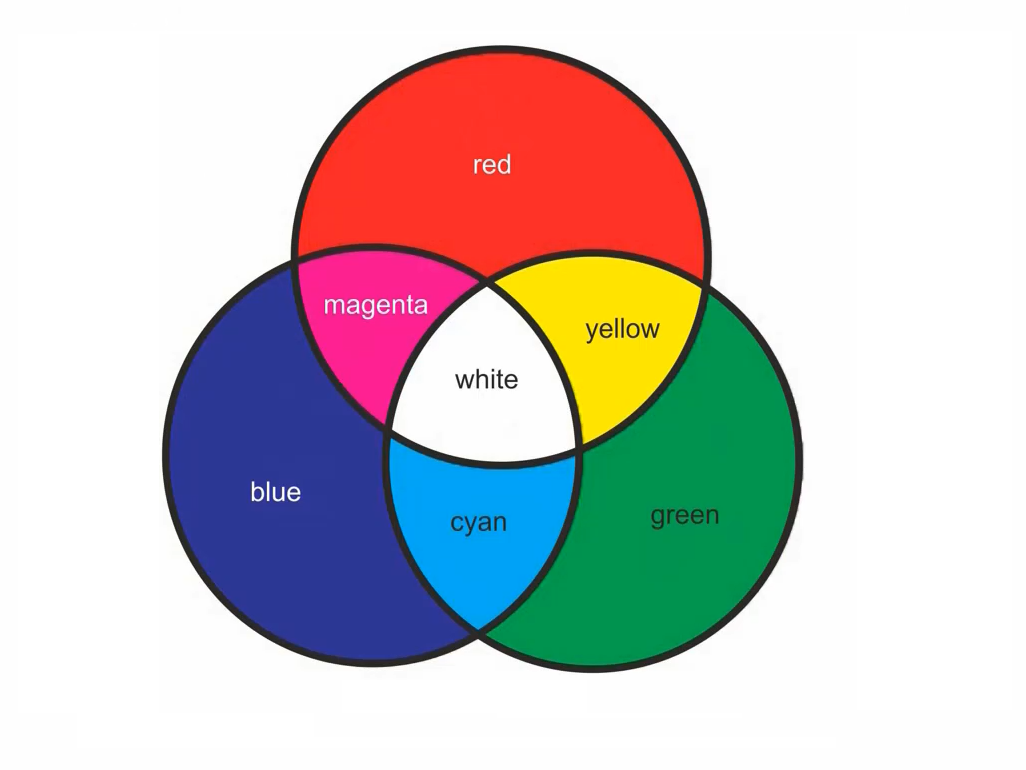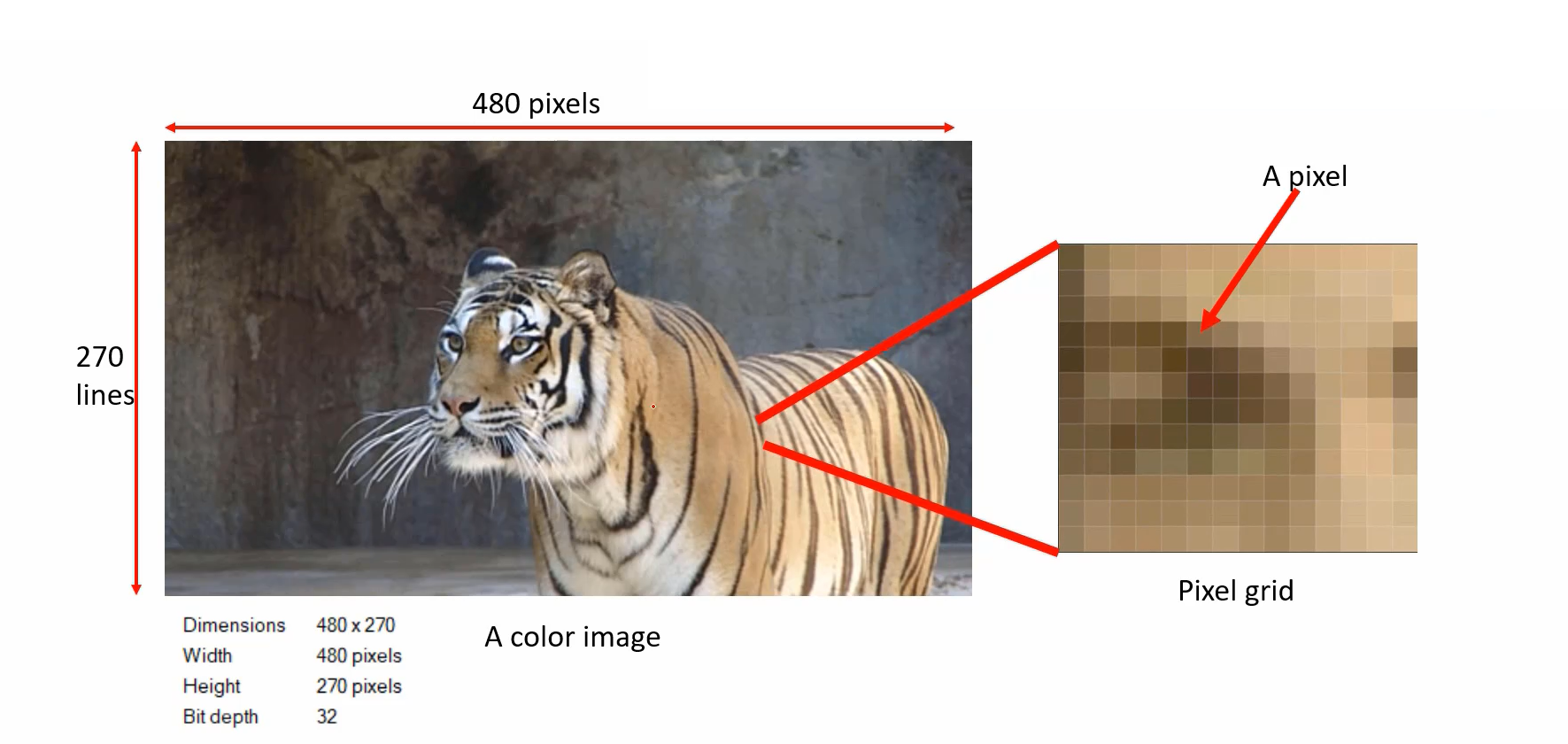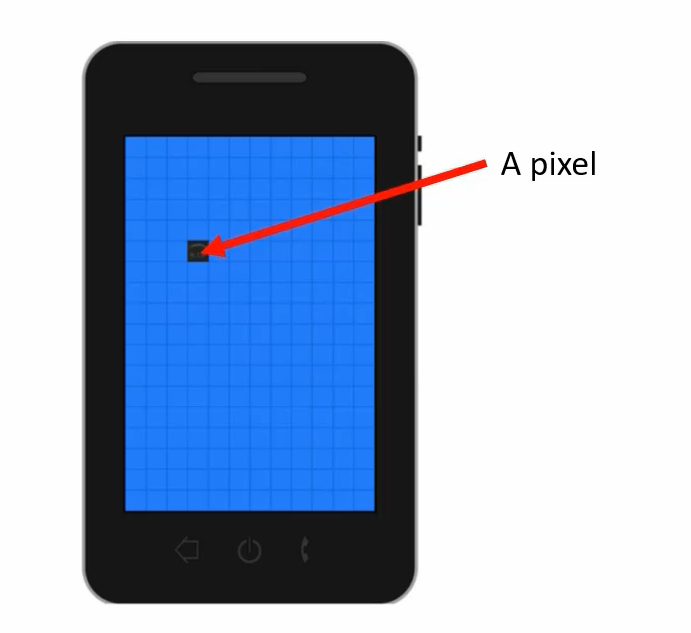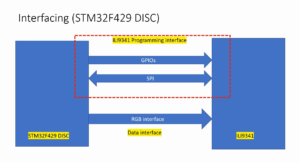RGB displays and pixel
RGB display
A display which takes red–green–blue signal components of a pixel to generate the colors to be displayed on the screen.
It is the most common type of display used in devices such as televisions, computer monitors, smartphones, etc.
RGB Color Model

What is RGB?
It is a color model.
A model in which R-G-B primary colors are added together in various ways to reproduce a broad array of colors.
You can mix them in different proportions to get a variety of colors. That’s an RGB color model.
Some important terminologies
- Pixel
- Pixel density(PPI -pixel per inch)
- Pixel color depth(Bit depth)
- Pixel format
- Resolution
Pixel (Picture element)
Pixel of the Image: A smallest information(color information) of the image stored in computer memory.

Consider the image shown in Figure 2. Its dimensions are 480×270, meaning its width is 480 pixels and its height is 270 pixels. We can also refer to its height as 270 lines. The bit depth is 32, indicating that each pixel in the image consumes 32 bits.
How is this image stored in computer memory?
It is stored in the form of numbers. Of course, everything should be stored in the form of numbers. There is no such image actually present on my computer. My computer just holds numbers. And we dedicate some amount of memory to each tiny piece of information, which we call a pixel.
Pixel of the display
In display technology also use the word pixel.
What is a pixel of the display?
The smallest glowing(illuminating or color-producing) electronic element of the display module or display panel is also called a pixel.
And that illumination happens because of various technologies. There is TFT technology, Plasma technology, IPS technology, etc.

How much memory does one pixel consume in the computer memory? (Pixel depth/color depth/bit depth)
→ It depends on the pixel format.
→ The pixel depth or bit depth is measured in bpp(bits per pixel).
In the following article, let’s learn about the different types of pixel formats/color formats.
Get the Full Course on STM32-LTDC, LCD-TFT, LVGL (MCU3) Here.
FastBit Embedded Brain Academy Courses
Click here: https://fastbitlab.com/course1



